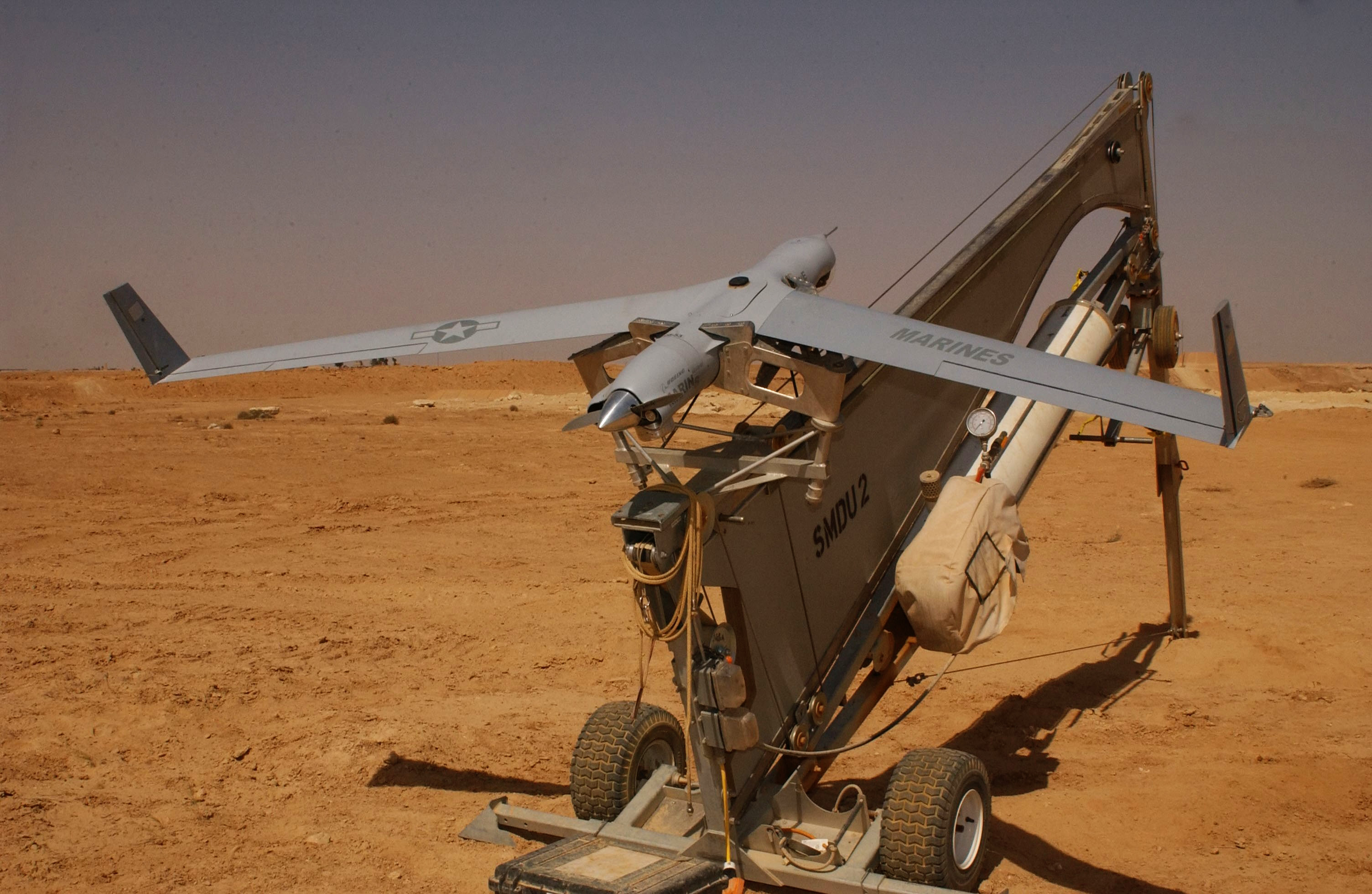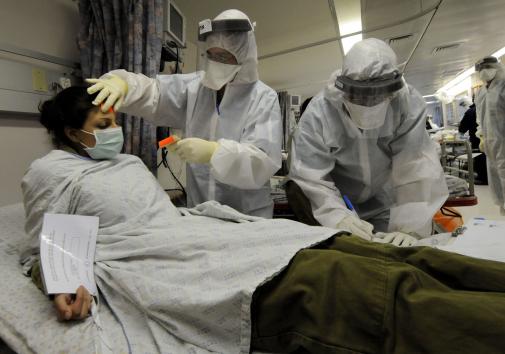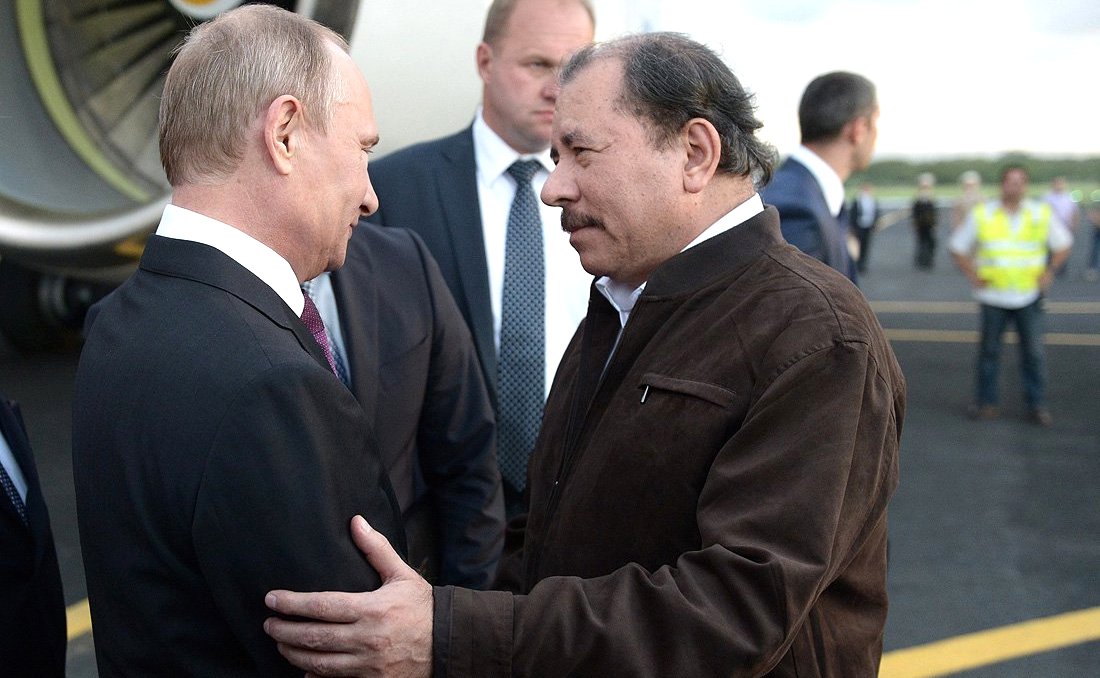Iran’s unmanned aerial vehicles (UAVs) frequently make headlines. They are usually the subject of ridicule as a result of terrible reporting from Iran’s semi-official media. For example, many a UAV has been claimed to be ‘stealthy’ by such outlets, despite the UAVs design showing otherwise, and the Iranian government has done itself few favours by unveiling UAVs at almost ludicrous ceremonies (compare the public unveiling and the internal unveiling). As a result of such incidents, many have taken Iranian UAV developments as propaganda and bluster. While this is correct for some projects, such notions unfortunately inhibit the recognition that Iran’s UAVs have come a long way and that the country is designing and producing unique and capable UAVs.
Iran’s experience with UAVs predates popular conceptions about the introduction of UAVs in warfare. While Iran operated target drones for training purposes prior to the Iranian Revolution of 1979, its first serious foray was the Ababil UAV. A small and simple UAV, the Ababil was first used during the Iran-Iraq War. It is still in use and has been developed into a large number of variants. The Ababil is used for tasks ranging from finding targets for artillery units, used by warships for maritime surveillance, and locating insurgents. Additionally, ‘suicide’ variant is known to exist with a reported 40kg warhead.

The Ababil is launched off a rail by a rocket or a pneumatic launcher and is recovered by a parachute. It has been used in the Iran-Iraq War, in counter-insurgency in Iran, over Iraq during the American occupation, over Iraq at present, over Syria during the civil war, by Hezbollah over Lebanon and Israel, and over American aircraft carriers. It is likely the most common Iranian UAV based on numbers produced and in service.
Shortly after the Ababil was designed and built, Iran introduced the Mohajer UAV during the Iran-Iraq War. A slightly larger and more capable UAV, the Mohajer is still in use and in production. It exists in many variants, including the most recent, the Mohajer 4. Like the Ababil, it is launched off a rail and is recovered by a parachute. While recent Mohajers have not been seen carrying any armaments, the Mohajer was armed during the Iran-Iraq war and fired inaccurate RPG-7 rockets. Mohajer has been used by Hezbollah over Lebanon and Israel, by Sudan, by Iran over Syria, by Iran over Iraq today, and by Venezuela (it claims to produce it as the Arpia-001).
Since the Iran-Iraq War, Iran has been busy developing and fielding a large and diverse fleet of UAVs. Many of these are target drones or unsophisticated UAVs that will not be covered in this article. Whilst the Ababil and Mohajer are still in use and likely in production, Iran has developed more capable UAVs with similar capabilities. It has developed the Saegheh UAV and a number of UAVs in the Shahed series. Publicly known members of the series include the Shahed 100 that exists in at least two variants (wheeled and with skids), the Shahed 123, and the Shahed 125 (which can be armed). Iran has also developed the H-110/Sarir UAV and the Ababil-3. The latter has seen extensive service over Syria and Iraq, as well as serving in the Sudanese military. Few details are known about these systems but all have been seen flying, some of them in active use and in combat areas. It is unclear, however, if these are prototypes, technology demonstrators, failed competitors in development programmes, or actually in service.
While the aforementioned UAVs are mostly indigenous in terms of design, Iran has not hesitated to copy foreign technology. Two excellent examples of this are the Sayeh and Yasir UAVs. They are based on the American ScanEagle UAV, a type widely used by American and allied forces. Iran claims to have captured and reverse engineered the type, resulting in the Sayeh – a direct copy of the ScanEagle – and the Yasir, a modified design that adds a twin tail boom and a v-tail rudder. They are launched using a pneumatic launcher and the Yasir was (re)designed for naval use. The Yasir has been extensively used over Syria, with a number being shot down and captured by rebels. Any doubts about the Sayeh/Yasir’s capabilities were put to rest when Iran ‘gifted’ one to the visiting head of the Russian Air Force. Neither the Sayeh nor the Yasir are armed UAVs.
Iran has also developed a number of armed UAVs. As already mentioned, an Ababil ‘suicide’ variant exists and the Mohajer has been armed in the past. Beyond these, Iran has developed the Ra’ad-85 suicide UAV – essentially a propeller powered cruise missile. In addition, Iran displayed a single unit of the South African Lark UAV. Interestingly, the UAV on display is equipped with an anti-radiation seeker, a type used to attack enemy radar by homing in on the signal. The Lark was shown in 2006 and has not been seen since.
A combat UAV that has made many headlines is the jet-powered Karrar. The Karrar began life as a target drone for use in training by air defence systems and fighter aircraft. Someone in Iran got the idea to add an autopilot and use it as a UAV, and, in time, to arm it as well. Being (turbo)jet powered, the Karrar is very fast but is not useful for surveillance as a consequence as its propulsion system is inefficient for that task. Instead, the Karrar can be equipped with a reconnaissance pod and with guided and unguided bombs and missiles.
With the exception of the Karrar, all the UAVs mentioned above are, at best, medium range and medium endurance (i.e., max 400km range, max 8 hours endurance). As the specifications make clear, these UAVs, while very useful, are not suitable for long-distance and/or long-endurance surveillance or reconnaissance tasks. Moreover, again with the exception of the Karrar, their relatively small size and payload severely limits their utility as combat UAVs.

To deal with this problem, Iran has developed two UAVs, the Shahed 129 and the Fotros. The Shahed 129 was first unveiled in 2012, but was seen in low resolution imagery for some time before then. Prior to its official unveiling, its size was unknown. Once revealed, it became clear that this was Iran’s first large long-endurance UAV. The Shahed 129 is reported to be capable of flying for 24 hours and can be armed with up to 8 Sadid anti-tank missiles. The Shahed 129 provides Iran with capabilities similar to the well-known American Predator UAV (although the latter is much more advance).
The Fotros was unveiled in late 2013 and reportedly has a range of 2,000km and an endurance of up to 30 hours. It was displayed with two anti-tank missiles. No new information or imagery has been released since its unveiling. The fact that there are two UAVs with similar capabilities is interesting. The Shahed 129 is only used by the Islamic Revolutionary Guard Corps and the Fotros by the ‘regular’ military. The Shahed 129 has been seen flying over Syria unarmed, indicating that it is now in Iranian service.
Iran’s UAV developments have made headlines, but for all the wrong reasons. A consequence of focusing on less than stellar semi-official reporting and propaganda is that important developments in Iran’s UAV capabilities have been overlooked. A significant number of the aforementioned UAVs may never make it into service, but each UAV designed and prototyped gives Iranian engineers and operators a wealth of experience that leads to successful designs such as the Shahed 129.




